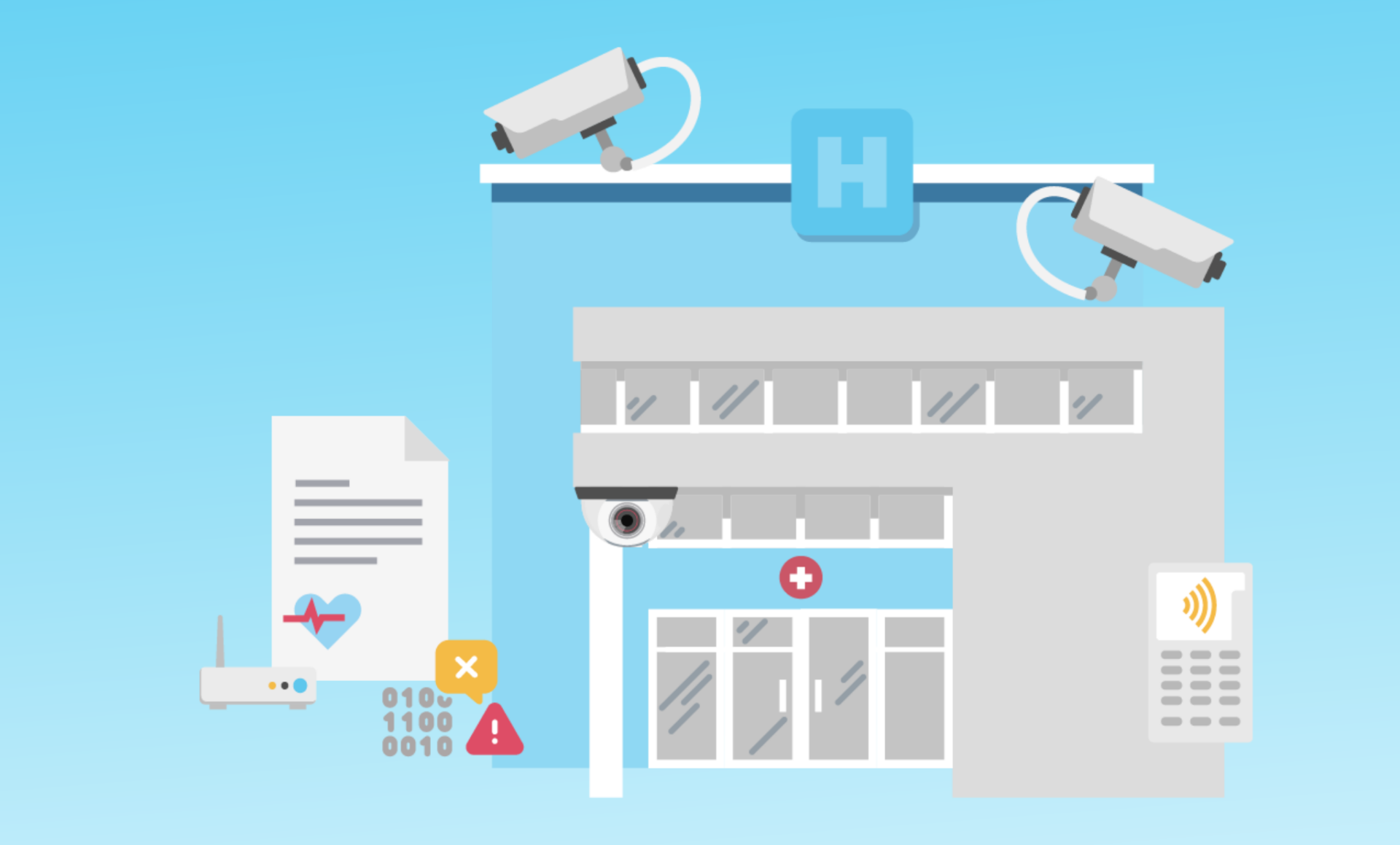Hospital violence and physical security: Vital strategies for success
Workplace violence is a troubling occupational hazard for today’s hospital staff. Consider this sobering stat: U.S. hospitals reported a rate of 5.5 work-related injuries and illnesses per 100 full-time employees – almost double the rate for the industry as a whole. A recent survey by the American College of Emergency Physicians found that more than half of E.R. doctors report being physically assaulted, almost always by patients, with injuries resulting from a third of those attacks. This trend, which was on the rise pre-pandemic, seems only to be getting worse.
Mitigating violence comes with a high price tag. Hospitals invest a lot of money in proactive and reactive violence response efforts. Lower job satisfaction and higher rates of burnout mean that healthcare workers leave their jobs more frequently, with an estimated annual nurse turnover rate due to workplace violence of 15% and 36%.
The unique challenges of keeping hospitals safe
Hospitals need to accommodate large streams of people at all hours, and they never close. Managing the flow of patients, staff, vendors, and visitors while protecting healthcare workers, equipment, and medicine is a delicate balance. The heightened emotions of visiting family and people struggling with mental health issues create a combustible environment that mandates additional safeguards.
Various government measures have been introduced to protect hospital staff, including:
- OSHA’s Guidelines for Preventing Workplace Violence for Healthcare and Social Service Workers
- CMS Patient Safety Standards
- The Joint Commission’s Workplace Violence Prevention Standards for Hospitals
Failure to comply with these regulations can lead to financial penalties, legal action, and reputational damage.
How to get the most out of your physical security investment
To counter these risks, hospitals invest heavily in physical security infrastructure – from video surveillance to access control, metal detectors, alarms, intercoms, and more. Increasingly sophisticated devices are constantly entering the market, leveraging the power of emerging technologies to keep staff safer. Automated door locking systems protect babies, weapon detection is integrated with existing cameras, real-time location tracking of assets and staff improves visibility – there are amazing advances being introduced all the time.
The proliferation of new devices and systems mandate new ways of working to maximize their value. Here are three strategies we have found to move the needle:
Get complete visibility into of all your inventory
What devices do you have? Are they running consistently? If not, what is the root cause of the issue? What vulnerabilities need to be addressed? Visibility into these areas is a great starting point for a systematic approach to seeing the big picture.
Automate tasks that are manual and time-consuming
Given the wide variety of device types and management systems, it’s impossible to manage it all manually, both in terms of cost and resources. Add multiple sites into the mix, and the picture just gets more complex.
Automation can be a game-changer here. To realize the benefits of automation, look for solutions that can manage your physical security fleet holistically, independent of model or manufacturer, and across your entire ecosystem of devices and management systems.
Enable seamless collaboration with IT
Collaboration between all technologies and all teams involved in managing physical security devices, including IT and physical security teams, leads to quicker response time and faster resolution. It’s essential to be able to visualize and analyze the status of all your physical security devices and to share that data across teams. This requires seamless integration with third-party platforms, including a hospital’s ticketing system, as well as the rest of its cybersecurity stack.
To learn more, download our latest eBook: “Hospital Security Trifecta: Protect People, Prevent Cybercrime, and Meet HIPAA Compliance”



